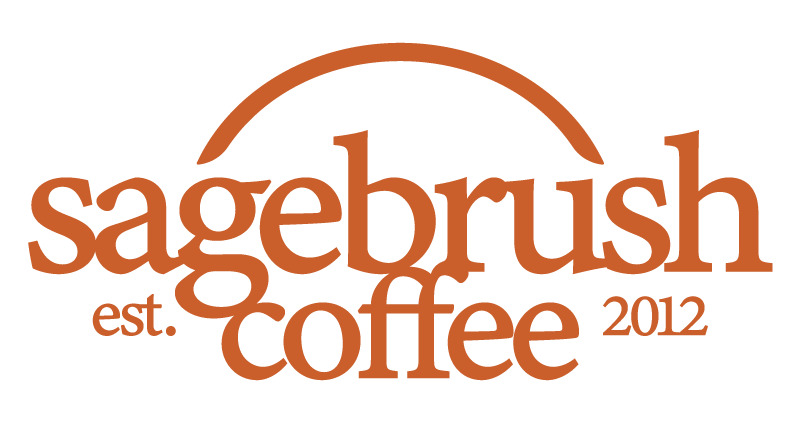Cold Brew Coffee, Everything You Wanted To Know & Probably Something You Didn't
Cold Brew coffee; isn't that a new catchphrase? You hear it everywhere, and it has a bunch of definitions. I've seen Hario iced pour overs called cold brew (I call those iced coffees). I've seen some weird bottled drink that tastes awful called a cold brew. I've also seen an iced Toddy or more generally cold brew.
If you're going to ask me for a definition, the third one is the charm. I believe true cold brew coffee begins as an Iced Toddy. I love this stuff. It is so smooth and pure and clean. The toddy maker produces a pure coffee concentrate that can store in your fridge for up to 2 weeks (although I prefer it within one week). Once brewed, it is convenient, versatile and delicious.
I usually describe iced toddy as the coffee equivalent of iced tea. It is smooth, crisp, and refreshing. Perfect for a 112-degree day like today (remind me why I live in Arizona?).
The Nerdy Details:
Why is the Toddy system so great? The short answer is, time replaces heat and chemistry guys will tell you that's better. They're right... we should listen to chemistry guys.
Why is it called a Toddy? Because Todd Simpson, a chemical engineering graduate of Cornell, developed the Toddy cold brew system. One day maybe I'll name a brewing method the Matty, but for all of our sakes, maybe not.
What's some technical jargon that you pulled from the Toddy website? A roasted coffee bean contains many compounds that are extracted during the brewing process. Some of those compounds, including certain oils and fatty acids, are soluble only at a high temperature. During the cold brew process, coffee beans are never exposed to high temperature (this only occurs after a rich liquid coffee concentrate has been produced). Deceptively simple, cold water brewing extracts the delicious flavor compounds (and some of the caffeine) from coffee beans, but leaves behind myriad bitter oils and biting fatty acids, including undesirable elements such as ketones, esters, and amides. These are the same bitter acids and fatty oils that surface to the top of your hot cup of coffee, and give hot-brewed coffee that familiar 'bite' (thus the reason that some 8 out of 10 people attempt to soften the acidic taste by adding milk or cream to their coffee).
Are some coffees better than others when brewed this way? Wow...I didn't expect that question. I'm glad you asked. Yes, we have tried most of our coffees as a Toddy and filtered out our favorites. Check out this link to find them.


